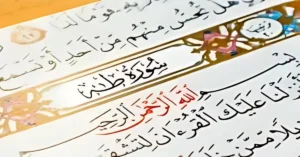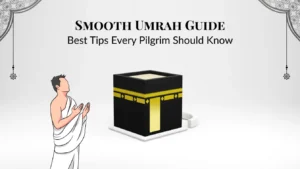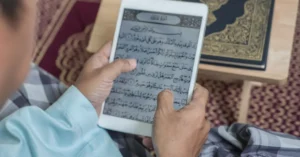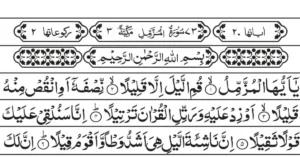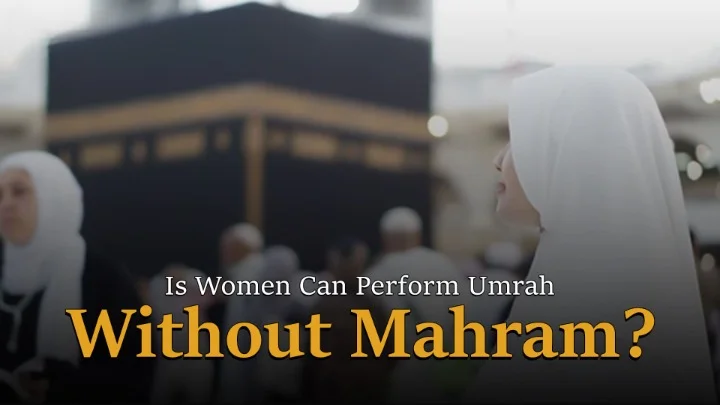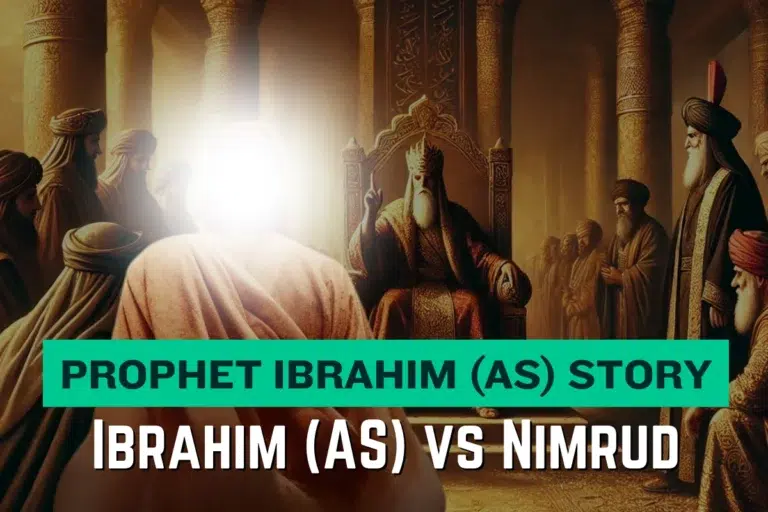What is a Hijab – Definition
The Hijab, also known as a women’s headscarf, is a traditional garment that Muslim women wear to cover their hair, neck, and sometimes the face. Its purpose is to promote modesty, simplicity, and humility. The Holy Quran contains explicit verses that emphasize the importance of the Hijab and urge Muslim women to wear it. By wearing the Hijab, Muslim women can feel secure and respected in public, ensuring that they are not objectified or judged for their appearance.
It also serves as a way for women to express their religious beliefs and cultural identity. With a wide range of styles and colors available, women can choose to wear the Hijab in a way that aligns with their personal preferences and religious beliefs. The term “Hijab” in the Quran refers to a curtain or partition, both in the literal and symbolic sense, suggesting that the Hijab serves as a barrier between a woman and the outside world, preserving her privacy and dignity.
Importance of Hijab in the Quran
The Quran explicitly mentions the importance of the Hijab.

O Prophet, tell your wives and your daughters and the women of the believers to bring down over themselves [part] of their outer garments. That is more suitable that they will be known and not be abused. And ever is Allah Forgiving and Merciful. (Surah Ahzab verse 59)
The verse highlights that Allah Almighty is Forgiving and Merciful, which means that those who follow His commandments will be rewarded in this world and the hereafter. This verse emphasizes the importance of the Hijab not only as a physical act of covering. It is also a way to demonstrate one’s faith and devotion to Allah (SWT).
And tell the believing women to lower their gaze and guard their chastity, and not reveal their adornments except what normally appears. Let them draw their veils over their chests, and not reveal their hidden adornments except to their husbands, their fathers, their fathers-in-law, their sons, their stepsons, their brothers, their brothers’ sons or sisters’ sons, their fellow women, those bondwomen in their possession, male attendants with no desire, or children who are still unaware of women’s nakedness. Let them not stomp their feet, drawing attention to their hidden adornments. Turn to Allah in repentance altogether, O believers, so that you may be successful. (Surah An-Nur 24:31)
This verse emphasizes the importance of modesty and instructs believing women to lower their gaze, guard their chastity, and cover their adornments except for what is apparent. It signifies that the hijab is not merely a piece of clothing but a way to guard one’s purity and maintain a sense of dignity.
Gender Segregation and Modesty in Islam

O you who have believed, do not enter the houses of the Prophet except when you are permitted for a meal, without awaiting its readiness. But when you are invited, then enter; and when you have eaten, disperse without seeking to remain for conversation. Indeed, that [behavior] was troubling the Prophet, and he is shy of [dismissing] you. But Allāh is not shy of the truth. And when you ask [his wives] for something, ask them from behind a partition. That is purer for your hearts and their hearts. And it is not [conceivable or lawful] for you to harm the Messenger of Allāh or to marry his wives after him, ever. Indeed, that would be in the sight of Allāh an enormity. (Surah Al-Ahzab 33:53)
This verse underscores the principle of gender isolation and modesty in social interactions. It instructs believers to speak to the Prophet’s wives from behind a curtain, emphasizing the importance of maintaining a boundary between individuals.
Hadiths about the importance of the Hijab
Hijab is a term that means covering or partition in Arabic. It is a dress code that Allah Almighty has prescribed for the believing women to protect their modesty and dignity. There are many Hadiths that explain the importance and the manner of the Hijab for Muslim women. Here are some of them:
Narrated by Hazrat Aisha (RA):
The wives of the Prophet (SAW) used to go to Al-Manasi, a vast open place (near Baqi` at Medina) to answer the call of nature at night. `Hazrat Umar (RA) used to say to the Prophet (SAW) “Let your wives be veiled,” but Allah’s Apostle did not do so. One night Sauda bint Zam`a the wife of the Prophet (SAW) went out at `Isha’ time and she was a tall lady. `Umar addressed her and said, “I have recognized you, O Sauda.” He said so, as he desired eagerly that the verses of Al-Hijab (the observing of veils by the Muslim women) may be revealed. So Allah revealed the verses of “Al-Hijab” (A complete body cover excluding the eyes).
(Sahih al-Bukhari 146)
Narrated by Hazrat Aisha (RA):
May Allah (SWT) bestow His Mercy on the early emigrant women. When Allah Almighty revealed: “… and to draw their veils all over their Juyubihinna (i.e., their bodies, faces, necks and bosoms)…” (V.24:31) they tore their Murat (woolen dresses or waist-binding clothes or aprons, etc.) and covered their heads and faces with those torn Muruts.
(Sahih al-Bukhari 4758)
Hazrat Safiya bint Shaiba (RA) Narrated that:
Hazrat Aisha (RA) used to say: “When (the Verse): “They should draw their veils over their necks and bosoms,” was revealed, (the ladies) cut their waist sheets at the edges and covered their heads and faces with those cut pieces of cloth.”
(Sahih al-Bukhari 4759)
These are some of the Hadiths that show how the Hijab is a commandment from Allah Almighty and His Messenger (SAW). How it is a sign of faith, modesty, and honor for Muslim women.
Why do Muslim Women Wear Hijabs?
Muslim women across the world wear hijab as a mandatory practice and consider it a sacred act of religious observance and obedience to Allah’s (SWT) command. The primary objective of the hijab is to protect women from the evil eye and maintain their modesty and dignity. As per the Quran’s instructions, Muslim women believe that covering their hair and whole body is crucial for identification and respect. Muslim women wear Hijab as a symbol of their Faith and cultural identity, and the society widely acknowledges its significance.
Hazrat Anas bin Malik (RA) said:
Zainab bint Jahsh used to boast to the other wives of the Prophet (SAW) and say: “Allah married me to him from above Heavens.” And the of Verses of Hijab were revealed concerning her.
(Sunan An-Nisa 3152)
Hijab vs Burka
Muslim women use two types of clothing – hijab and burka – as a form of modesty and religious expression. The hijab is a headscarf that covers the head and neck, leaving the face exposed. On the other hand, the burka is a full-body veil that completely covers the face and body, leaving only a mesh screen to see through.
It is important to understand that the decision to wear either the hijab or burka is a deeply personal choice that Muslim women make based on their religious beliefs, cultural traditions, and individual preferences. It is also worth noting that not all Muslim women wear either of these garments, and the hijab is more commonly worn than the burka.
Hijab vs Niqab
Muslim women wear the hijab and niqab. The hijab is a headscarf that covers the hair and neck, while the niqab is a veil that covers the entire face except for the eyes. The decision to wear either the hijab or niqab is a personal preference and varies among Muslim women. While some women choose to wear the hijab as a religious obligation, others may prefer to wear the niqab for additional privacy and to avoid unwanted attention.
The Problem with the Modern Hijab
What Does a Hijab Reveal Mean?
A hijab reveal refers to the act of a Muslim woman removing her hijab in public or in front of others. This act can have different meanings depending on the context and the person’s reasons for doing so. But none of the motives indicate that the women deny the importance of the Hijab.
Sometimes, a hijab reveal may symbolize a woman’s decision to no longer adhere to the practice of wearing a hijab. This could be due to personal beliefs, a change in religious views, or a desire to express oneself differently. It may also be a form of resistance related to social pressure, cultural expectations, or how people treat one another.
On the other hand, a hijab reveal may also only be a temporary action for particular reasons. For example, a woman may choose to remove her hijab in certain situations where it may be uncomfortable, such as during physical activities or in extreme heat. In such cases, the hijab reveal does not necessarily indicate a permanent change in beliefs or practices.
When can a Woman Take Off her Hijab?
Women are required to wear hijabs when they are in public places. However, when they are at home or there are only blood relatives around them, known as Mahram, they can remove their hijabs. Islam teaches Muslim women to cover their heads whenever there are non-mahram males around them. This tells us about the huge importance of the Hijab in Islam.
The concept of Mahram is integral in Islamic teachings. A mahram is a family member with whom marriage is permanently forbidden (haram). Women do not need to wear a hijab in front of their mahram and may be accompanied by an adult male mahram or husband on a trip, although an escort may not always be necessary.
On the other hand, non-mahram refers to a person who is allowed to marry. For instance, if you are a female, your male cousins are not mahram to you from either side of the family. Similarly, your aunt’s husband is not considered your mahram, nor is your brother-in-law or brother-in-law through marriage. These people are considered your non-mahrams, and you must wear a hijab around them. Other females are mahram to you if you are a female.
Marriage in Islam is a sacred bond that unites a man and a woman in a lawful and consensual relationship. To learn more you can read this article: Marriage in Islam according to the Quran and Sunnah.
Overall, the hijab is an important aspect of Islamic culture and serves as a way for Muslim women to show their devotion to the religion. It maintains their modesty in the presence of non-mahram individuals.
List of Mahram in Islam for a Woman
The list of mahram in Islam for women includes;
- Father
- Grandfather
- Son
- Grandson
- Brother
- Uncle
- Nephew
- Father-in-law
- Son-in-law
- Stepfather
- Stepson
Conclusion
The hijab holds great significance for Muslim women for various reasons. They consider it a religious obligation as they believe that it is a command from Allah (SWT) to preserve their beauty. By wearing the hijab, Muslim women can express their religious identity and a sense of belonging to the Muslim community. The hijab can also be a means of Women’s empowerment, enabling them to control their bodies and establish their own beauty standards.
The hijab serves as a constant reminder of a Muslim woman’s faith and commitment to living morally. As Muslims, we highly value the importance of the Hijab in protecting our society from sins, as it deepens the spiritual connection with Allah Almighty. Family and cultural influences also play a role in the decision to wear the hijab, but ultimately, it is a personal choice. Every Muslim woman has the freedom to express her faith and identity in the way she chooses.

